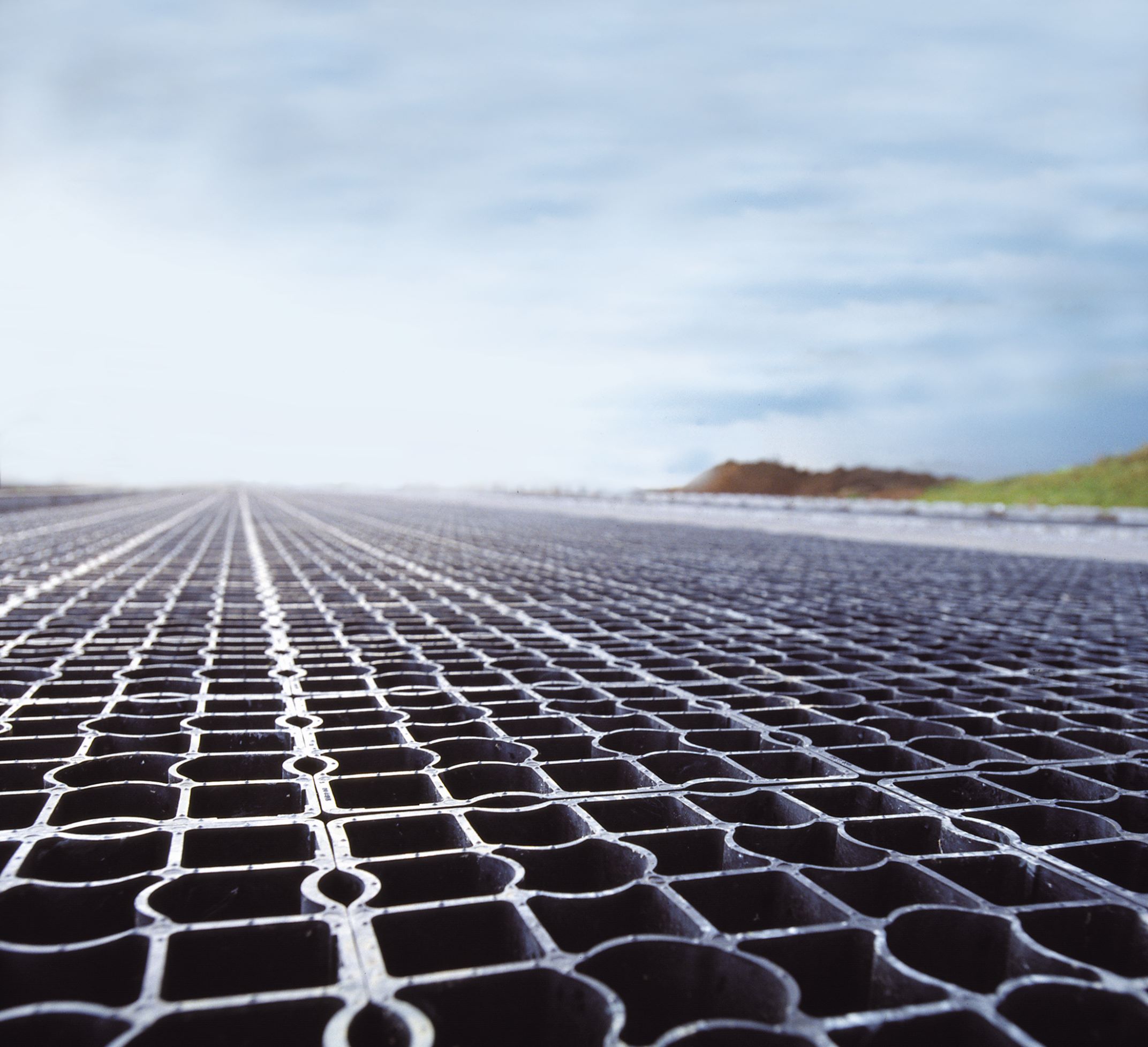With the predicted increase in precipitation and storm events over the coming decades, the issue of how to effectively manage stormwater is becoming more pressing than ever before. Permeable paving offers an affordable, scalable solution with the potential to dramatically reduce both flooding and stormwater pollution in major cities.
As the earth heats up, the risk of increased storms in precipitation-prone areas is becoming more acute. While it’s a lesser-known effect of the developing climate crisis, stormwater will nonetheless drastically affect life in many places and particularly in cities, where the higher density of paved surfaces means that the consequences of stormwater runoff are exacerbated.
It goes without saying that we’re already seeing the effects of increased stormwater in urban settings, such as the past two years’ noticeable uptick in hurricanes across North America and flooding in some major cities such as New York. Projections of future precipitation in a scenario that scientists term “business-as-usual” (i.e., a future where emissions continue at their current rate) project annual rainfall to increase by almost 100 ml over the coming century.
This has the potential not only to increase flooding, but also to incur costly and more frequent infrastructure maintenance due to debris being carried into and blocking storm drains. It also poses a risk to the water supply, as factory runoff, chemicals from fertilizers, and other pollutants such as pet waste get carried by stormwater travelling over pavement, eventually ending up in SWM (stormwater management) ponds or even contaminating rivers and natural waterways. This contamination can result in serious repercussions for wildlife outside of cities and cause ripple effects all the way into regional biodiversity and throughout the food chain.
These repercussions are certainly the effect of stormwater; however, they are also attributable to the way that municipalities deal with stormwater. While the effects of climate change cannot immediately be reversed, they can be managed through effective planning and infrastructure, including built-in stormwater management. With the exception of parks, trails and some historic districts, a large percentage of spaces in cities such as Toronto are completely paved with asphalt. This impervious substance has been in wide use across the world for over a century, and while it may have been suitable for the conditions of the past hundred years, asphalt is decidedly not a material that can carry us into a sustainable future.
Permeable paving offers a scalable and affordable solution to flooding and stormwater pollution in cities. ECORASTER® permeable paving is designed not to pave over surfaces, but to become a part of them. The porous surface of each tile in Ecoraster’s interlocking grid allows stormwater and water from thawing snow to seep back into the ground rather than running off. By allowing stormwater to become groundwater, Ecoraster becomes a crucial part of water’s natural cycle.

Made in Canada of 100% recycled plastic bags, Ecoraster’s grid system of interlocking tiles creates a solid, permeable surface with a guaranteed lifespan of more than twenty years. Ecoraster fits into most municipal budgets and requires less maintenance than traditional asphalt paving. Able to stop stormwater runoff in its tracks, halt the flow of debris into drains and ponds, and withstand up to 800 tonnes of pressure per square meter, Ecoraster permeable paving is designed with the future of our cities in mind.
To find out more about the available range of Ecoraster paving products and their uses, contact ECORASTER®. Our trusted group of Ecoraster distributors are ready to assess the needs of your project and help determine the best Ecoraster product to deliver a durable permeable paving solution. Visit our website at https://www.ecorastergrid.com/contact to find out more.











